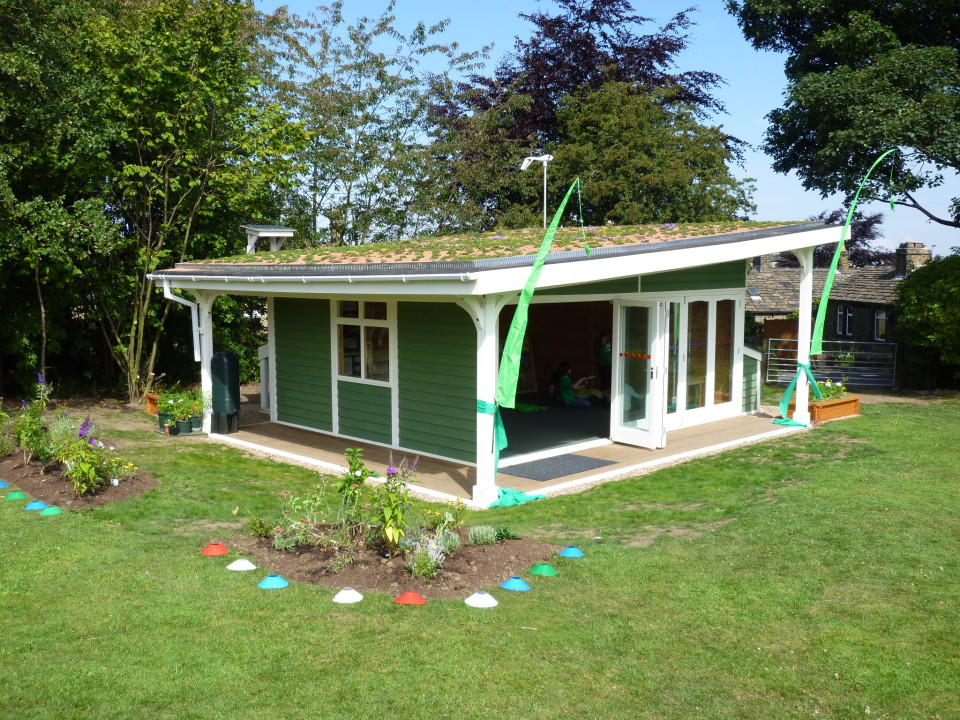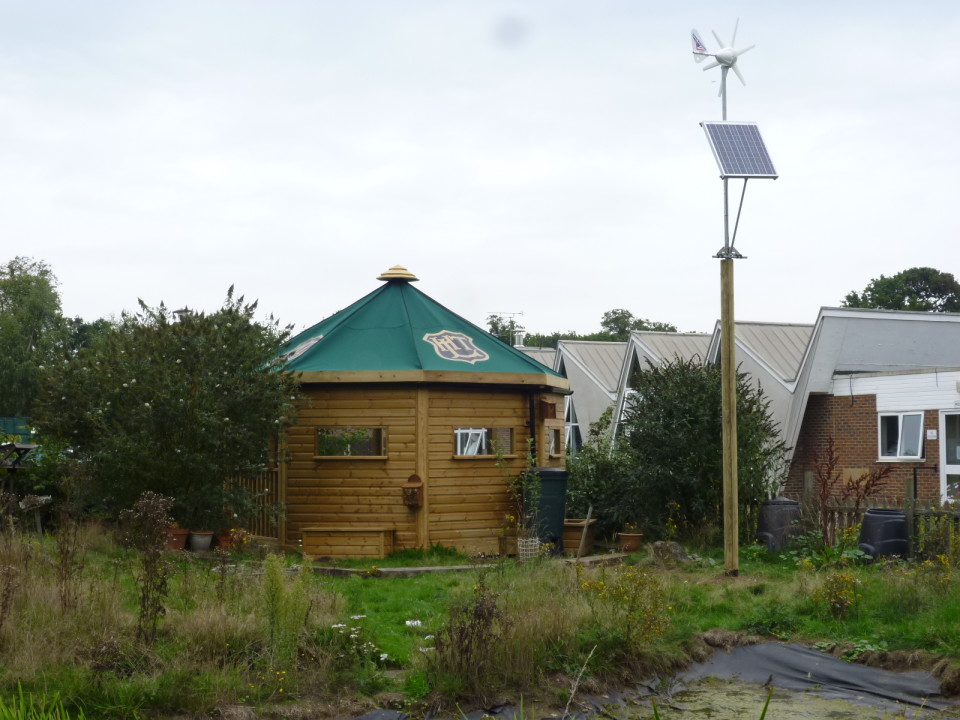
These type of eco friendly buildings are becoming ever more popular in schools but what exactly are they? And why are they different from standard classroom buildings?
One could simply argue that any building is now eco friendly as current building methods and building regulations stipulate that they have to be thermally efficient on account of their insulation properties (indeed for larger buildings you have to submit SBEM – simplified building energy model – calculations which essentially provide for an analysis of building energy consumption and Co2 emission rates). If they are timber clad, you would also need to ensure that the original source of the timber supply is either FSC or PEFC accredited or certified – basically this ensures that for every tree cut down, another one is planted.
But you can go a whole step further in the design of eco classrooms to ensure they are truly eco friendly:
*Sedum Living Roofs – these can usually only be applied to flat or shallow mono pitch roofs because they do not work with steep roof pitches. And they tend to be more expensive than other roof systems as the building has to be structurally “beefed up” in order to take the extra weight of the sedum and its underlays. BUT they do naturally absorb CO2 from the atmosphere, sedum is a natural insulator and they attract all sorts of bio-diversity
*Renewable Energy – dependent upon the power load required for your classroom building, you can use solar panels and wind turbines to provide some if not all of the electricity. Usually however these type of systems provide for say 40% of the overall electricity pull with the rest coming directly from the grid. However you can also earn money from solar panel systems by feeding electricity back into the grid as well as benefitting from the lower energy bills. We have also worked on projects where some of the power is generated by children pedalling special dynamo bikes!
*Air source heat pumps – act both as a combined space heating and air conditioning unit but they produce less C02 than traditional systems because air is the main component being used which of course is a renewable resource
*Guttering and water butts – these can be used as rainwater harvesting systems
*LED lighting and sun pipes in the roof to allow in extra natural light
And of course the added benefit is that these type of eco classrooms teach the children about environmental issues and demonstrate how we can lead more of a sustainable life.
For more information, please contact Simon Fearnehough on 01865 858982 or email simon@hideouthouse.com
or simply visit
The Hideout House Company Ltd

the eco classroom





